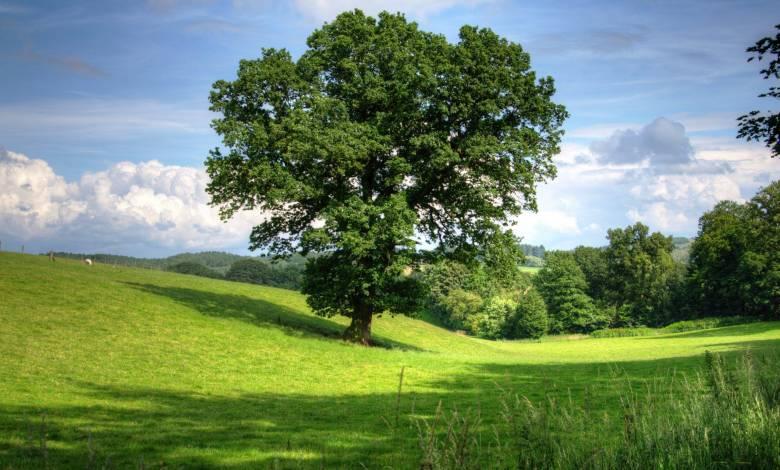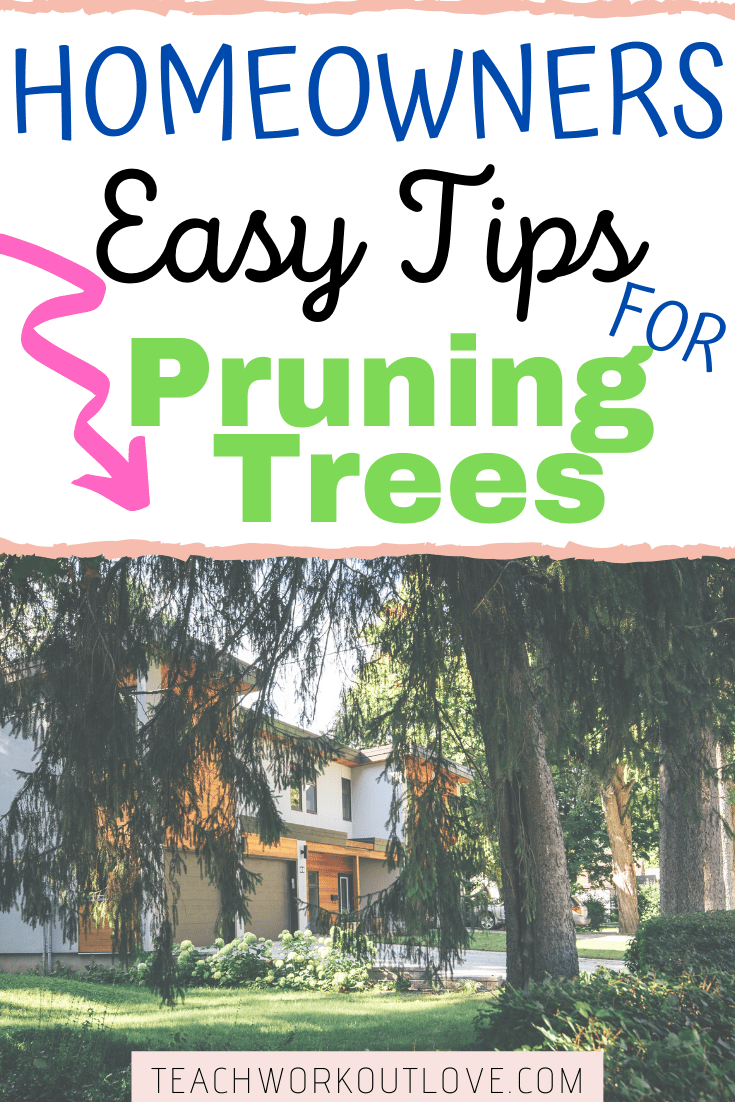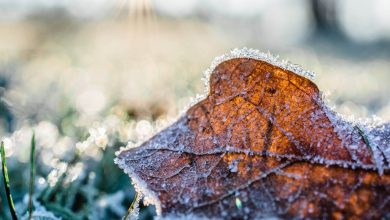
Having tall trees in the yard is great – you always have shade in which you can relax, listening to the rustling of leaves. Different decorative trees allow you to make an oasis in your backyard. However, a tall tree demands regular maintenance, which includes pruning. You can be pruning tall trees on your own but it’s important to know exactly how so that it’s effective and safe for the tree and everybody else.

Benefits of pruning
First of all, regular pruning ensures that dead branches won’t fall down and hurt somebody. If you shorten a carefully chosen branch, it will prevent further damage caused by the wind. Pruning also ensures that the tree remains in good health because it minimizes the damage of the limb. Targeted pruning also encourages further tree growth and controlled branching. Lastly, sometimes it is the only alternative to cutting the whole tree because it’s too large.
The right time for pruning tall trees
There are several occasions in which it’s necessary to perform pruning tall trees:
- late summer pruning is better than spring pruning because it won’t cause weakening.
- when you want to shape the tree, wait until leaves fall off to better see the branches.
- summer is the bast period for removing dead branches because then they are easily spotted.
- major pruning should be avoided between January and March
- in case you want to prune an oak tree, don’t do it in the period between late spring and midsummer.
- wait until branches are sagging to the lowest point if you’re just pruning for clearance.
How to properly cut a tree limb
There are three main cuts to be made during any type of pruning:
- The first cut: you need to make a small cut 3 feet away from the trunk. Don’t make it bigger than a quarter. It will prevent the splitting of the bark during the next cut.
- The second cut: make a complete relief cut just next to the notch (through the whole branch). It will remove the weight of the branch to make the final cut more easily.
- The third cut: it should be done right in the spot where the swollen bump (the branch collar) turns into a smooth branch bark. Try to follow the slant but if the saw can’t fit under the necessary angle, cut it from the bottom up.
Necessary tools and equipment
To pruning tall trees effectively and remain safe, these are the things you need:
- Pruning shears (for smaller branches)
- Loppers (for slightly thicker branches)
- Pruning saw (branches up to 5 inches thick)
- Pole pruner (for reaching dead branches in the trees)
- A crane when you need to reach a very tall branch. Don’t risk with ladders here; many professionals recommend that you take a look at mobile towers for hire. There are many different types so you can pick the right one for the situation.
Each one of the tools has several types so consult a professional to find out what type will best suit your needs.
Common pruning mistakes
You need to avoid the following mistakes; otherwise, you’ll damage the branch further and endanger a bigger part of the tree.
Many people cut the branch too much, damaging the branch collar. The branch collar is there to form the scar tissue after damage or cutting but if you accidentally cut into it, the tree will have trouble recovering. If you notice rotten holes in the trunk or a seeping wound, it means you’ve cut the branch collar.
Others usually cut the branch too short, achieving absolutely nothing. The branch collar can help the wound recover only if the whole branch has been cut successfully. Otherwise, the remaining part of the branch will interfere with the healing process.
It’s also a common mistake to make the second cut, namely “the relief cut”. If you don’t do this cut, you won’t remove the most of the weight of the limb before trimming the branch. The branch could easily split off at the wrong spot, causing further damage to the trunk. The damage could lead to insect infestation or developing a disease. The tree will then have a long, hard time recovering.Not sure what you’re doing? Get your pruning done by expert tree service evansville.
Additional tip
Some type of trees (elms, willows, flowering pears, and others) naturally forms narrow, V-shaped junctures. These junctures are usually weak and prone to breaking off in strong winds. To prevent potential problems, cut one of the stems while the tree is still young.
Final words
Regular pruning trees encourages a healthy, beautiful tree under which you can enjoy your afternoons. Following these pruning and gardening instructions will make the task easier and safer for you, too. Mastering adequate pruning will prevent potential damage, diseases and also keep everybody around the tree safe.
This post contains affiliate links and I may receive a commission, at no additional cost to you, should you purchase through one of my links. Please see my disclosure for more information














